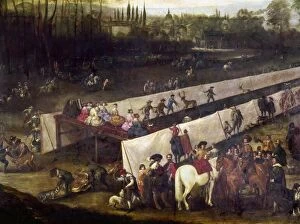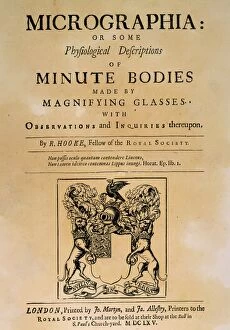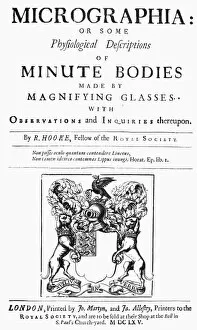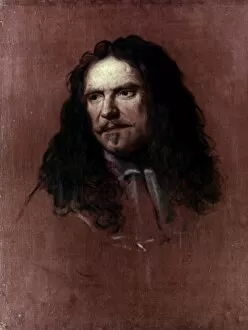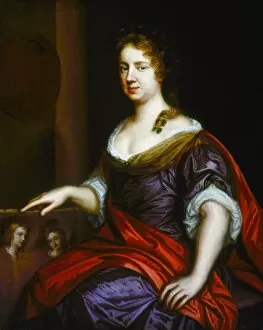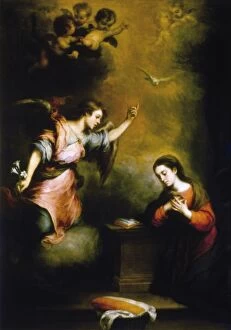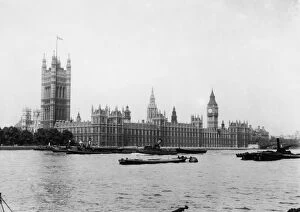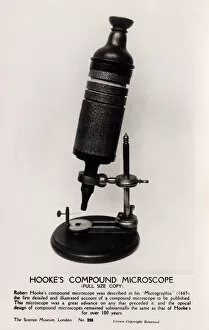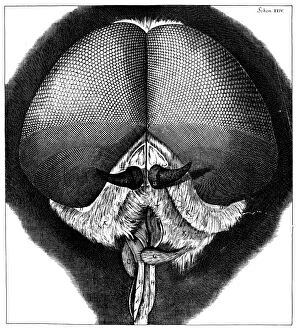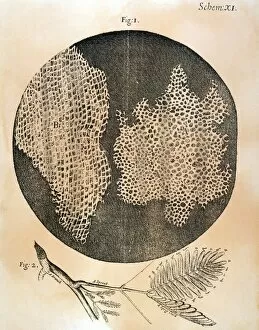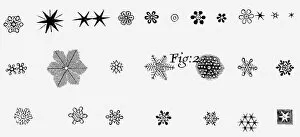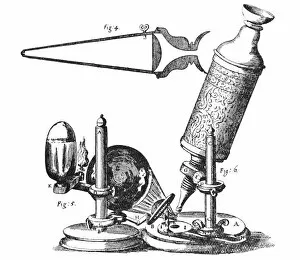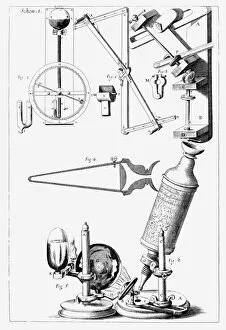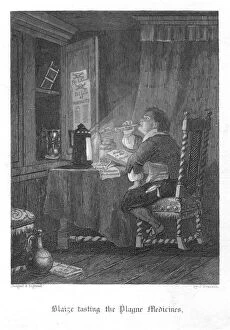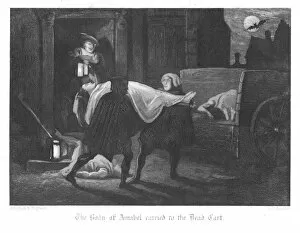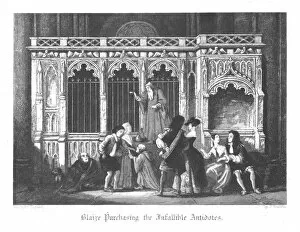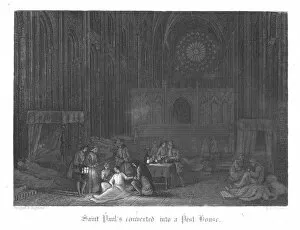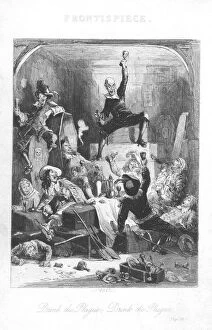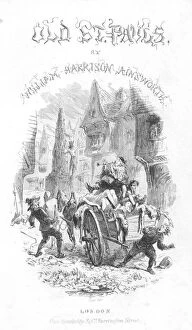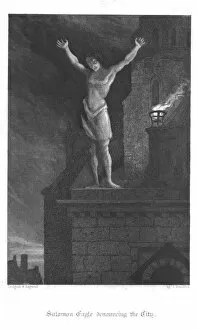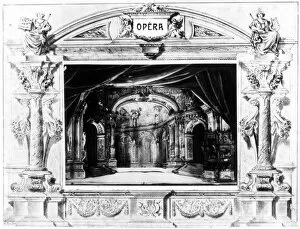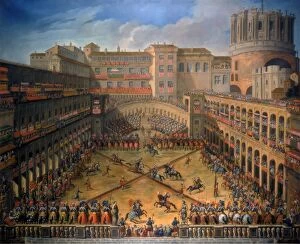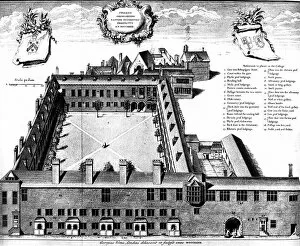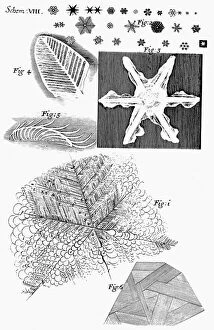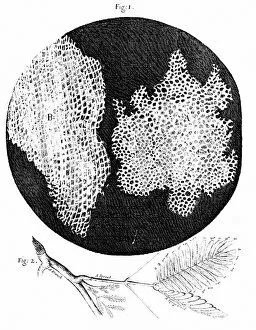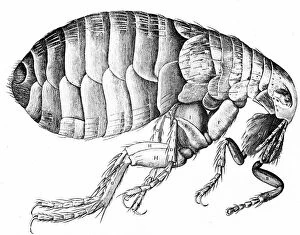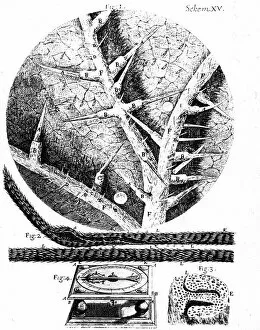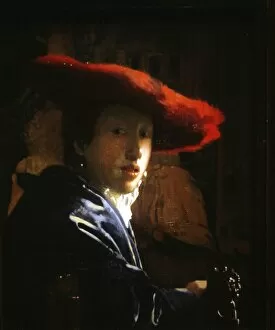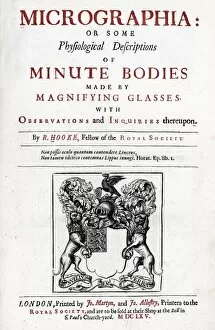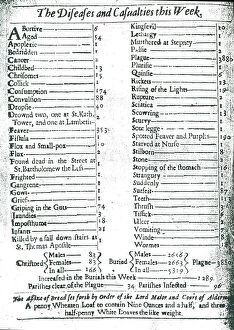1665 Collection (#10)
"1665: A Year of Trials and Triumphs" In the year 1665, London faced a devastating plague that would forever be etched in history
For sale as Licensed Images
Choose your image, Select your licence and Download the media
"1665: A Year of Trials and Triumphs" In the year 1665, London faced a devastating plague that would forever be etched in history. Lord, have mercy on London, cried its inhabitants as they battled against the Great Plague. Contemporary English woodcuts depicted the horrors of this deadly epidemic, serving as a reminder of the resilience and strength of its people. Amidst these dark times, Andreas Cellarius' Atlas Coelestis illuminated the skies above with celestial beauty. This Dutch-German cartographer's work transported readers to another world, offering solace from the grim reality below. Meanwhile, Maria de Agreda penned her spiritual masterpiece in 1602. Her words provided comfort and guidance to those seeking solace during these trying times. Outwood Windmills stood tall amidst the chaos; their rotating blades symbolizing hope and perseverance. Cyclists whizzed past them, embodying resilience and determination as they pedaled through life's challenges. Mozart's opera Don Giovanni captivated audiences in 1787 but held echoes of an earlier era. Its scenes transported viewers back to a time when music served as an escape from turmoil—a testament to humanity's ability to find joy even in darkness. Saint John Of God offered his divine assistance throughout history; his Portuguese religious devotion inspiring countless souls during moments of despair. Andreas Cellarius' maps painted vivid pictures of far-off lands like Caribbean islands—an escape for dreamers who longed for adventure beyond their confined city walls. As we reflect on 1665, let us not forget the Black Death rat flea—the tiny creature responsible for such devastation—reminding us that even small things can wield great power if left unchecked. Finally, Mary Stewart emerged as a beacon of strength amidst adversity—a countess who defied societal expectations and blazed her own trail forward despite all odds stacked against her.



